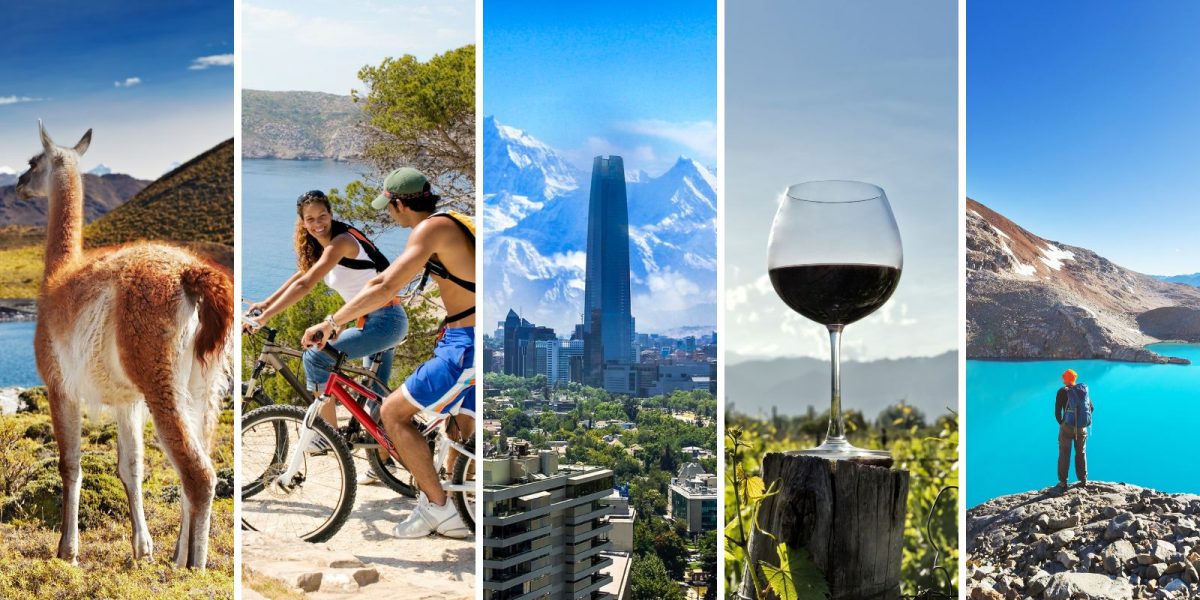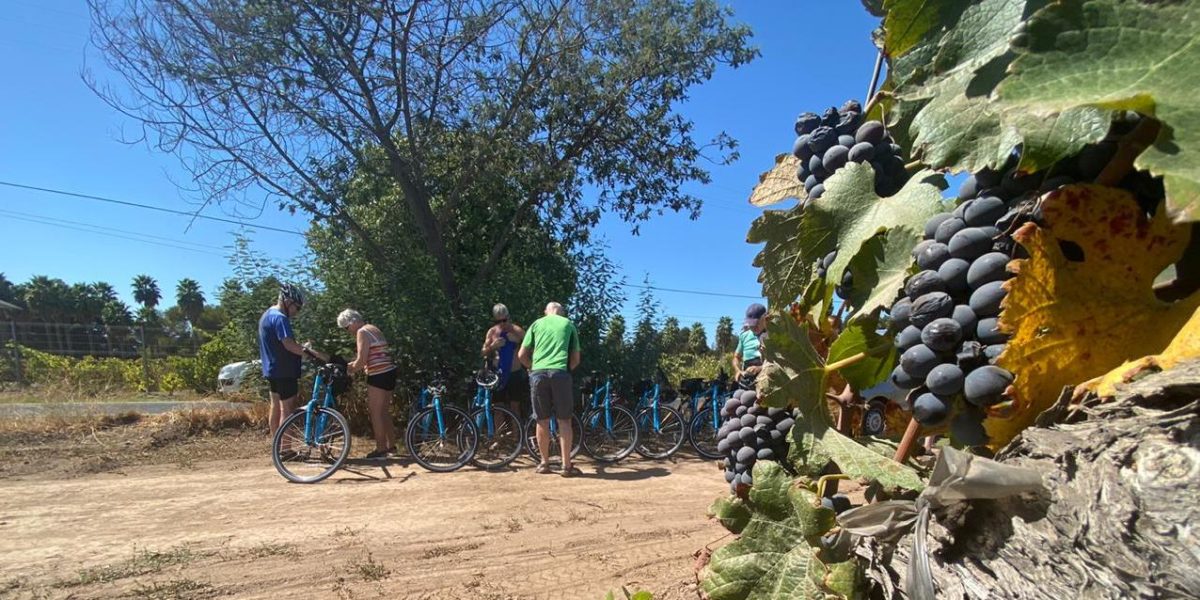This innovative venture sprang from the minds of founders Helge Pedersen and Hector Pizarro, who saw an exceptional opportunity to convert ordinary business travel into unparalleled leisure experiences.
Bleisure Chile caters to contemporary travellers who yearn to immerse themselves in new cultures, landscapes, and experiences, but are often bound by tight business schedules. Our tailor-made itineraries blend business commitments with captivating leisure activities, enabling travellers to fully experience the vibrant life, breathtaking landscapes, and rich culture of Chile.
One of the standout features of this initiative is the huge potential of the Santiago metropolitan area. Picture this: You wrap up a business meeting in the early afternoon and, just an hour later, you could be pedaling in our modern e-bikes through the serene Maipo Valley, with the majestic Andes serving as a stunning backdrop. Or perhaps you’d prefer a drive towards the Pacific, to the renowned wine region of the Casablanca Valley. And why not end the day relaxing in a charming hacienda, indulging in local cuisine and wines? It’s an extraordinary opportunity to transform a business trip into a genuine Chilean adventure.
If you have the flexibility to extend your stay, Bleisure Chile can transport you away from the Santiago region to explore even more of what this diverse country has to offer.
Delivering such gratifying experiences requires meticulous planning and logistical expertise. This is where the strength of our team truly shines. Our experience in managing complex logistics is demonstrated in our meticulously curated 12-day cycling itineraries across three wine-producing valleys. We pay attention to every detail, from ensuring safe cycling routes to coordinating unique cultural experiences and accomodation, so that our customers can focus on what matters most – fully experiencing and enjoying their journey. Furthermore, as our clients pedal through the scenic landscapes of Chile, they can take comfort in the knowledge that our dedicated team is never far behind. We provide comprehensive support throughout the journey, using our reliable support vehicles.
Though cycling is at the core of our operations, this rigorous attention to detail extends to every activity we organise for our customers. At Bleisure Chile, we have a dynamic network of specialised partners, the cornerstone of our customised travel experiences. Whether it’s white-water rafting in the invigorating southern rivers, or tranquil bird watching in pristine natural habitats, each partner contributes a unique, niche expertise to our diverse offerings.
Consider, for instance, the Elqui Valley – just a short one-hour flight from Santiago – a place that is thought to emanate mystical energy, attracting those seeking spiritual enrichment and wellness retreats. It’s also renowned for its crystal-clear, unpolluted skies – perfect for mesmerising stargazing experiences – and its serene landscapes, providing an ideal setting for a much-needed digital detox. And how about ending your stay in the Elqui Valley with a thrilling 34 km mostly downhill bicycle ride? We start at the top of the valley in Alcohuaz, all the way down to the Rio Claro river in the lower valley. As we cycle, we’ll pass charming villages such as Horcon, Pisco Elqui, and Montegrande, all set against the backdrop of imposing rock formations. All cycling-related activities are directly facilitated by our team.
To further enrich our activity offerings, we have meticulously curated a selection of boutique accommodation partners, chosen for their distinctive charm, exceptional service, and high-quality amenities.
Bleisure embodies the evolution of travel to meet the dynamic needs of today’s global professionals. With a unique focus on curating experiences that blend professional obligations and personal exploration, we’re excited to redefine the travel experience in Chile.
Visit bleisure.cl





